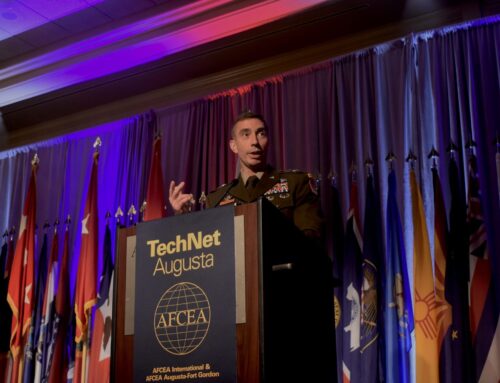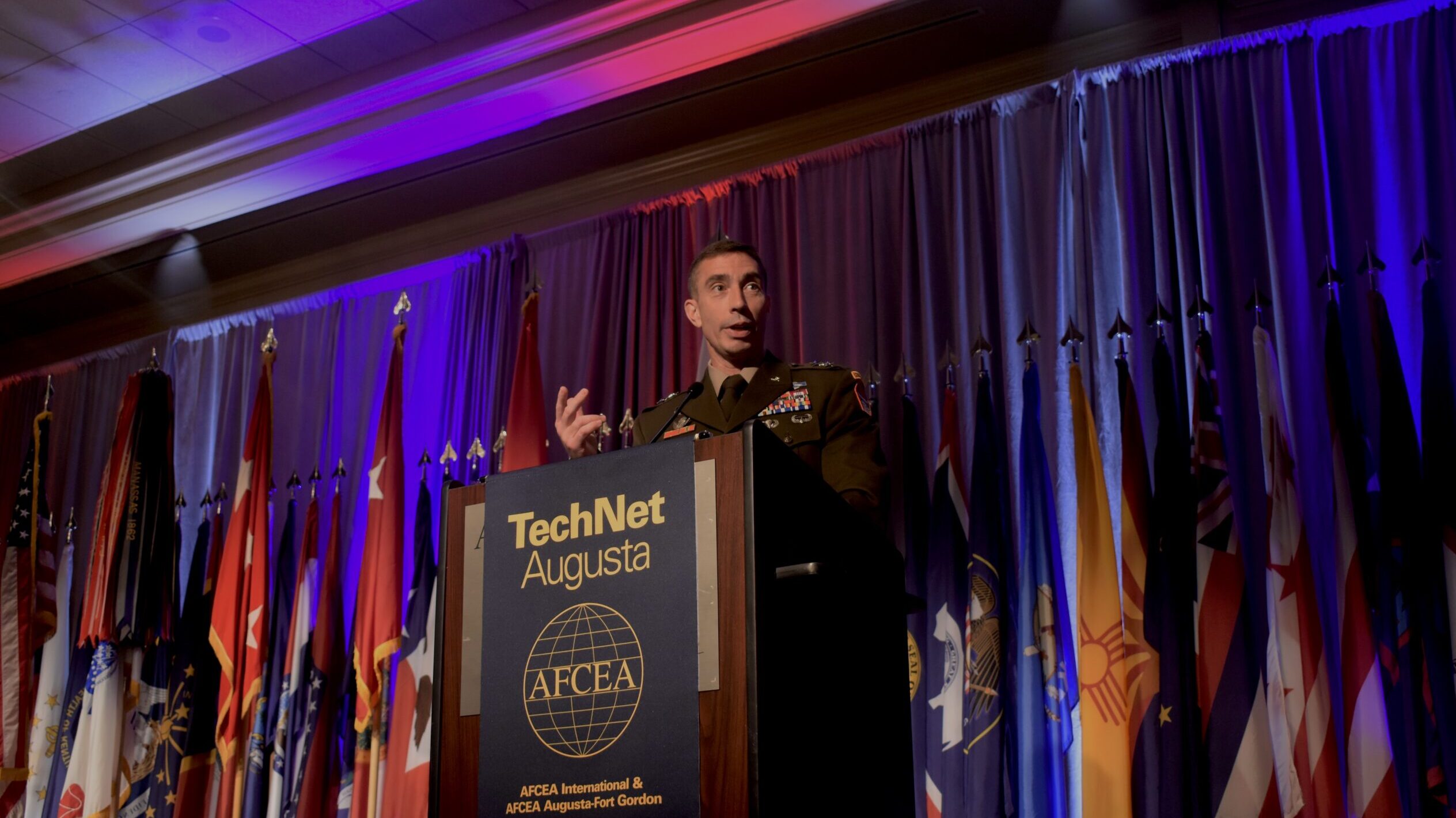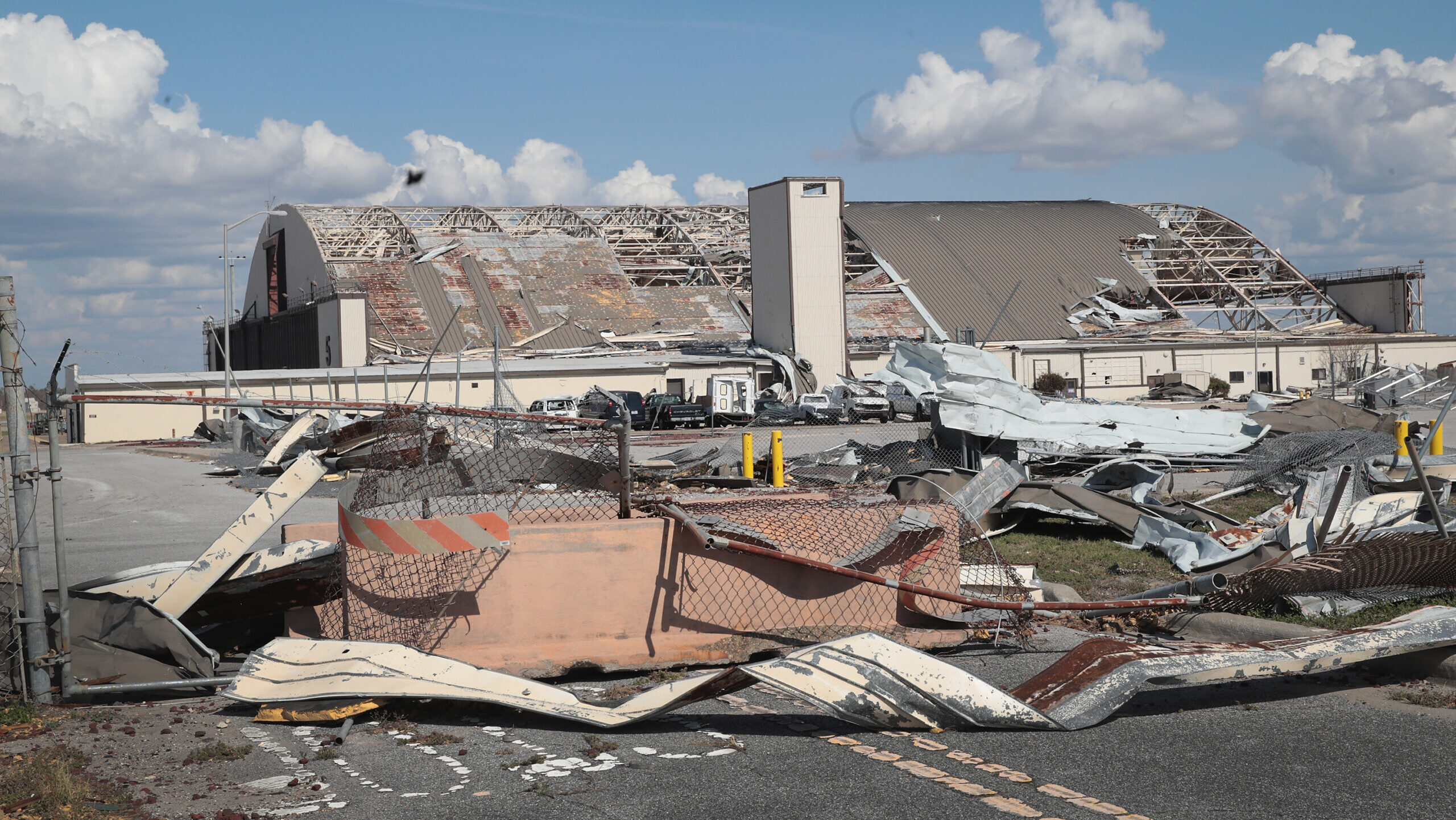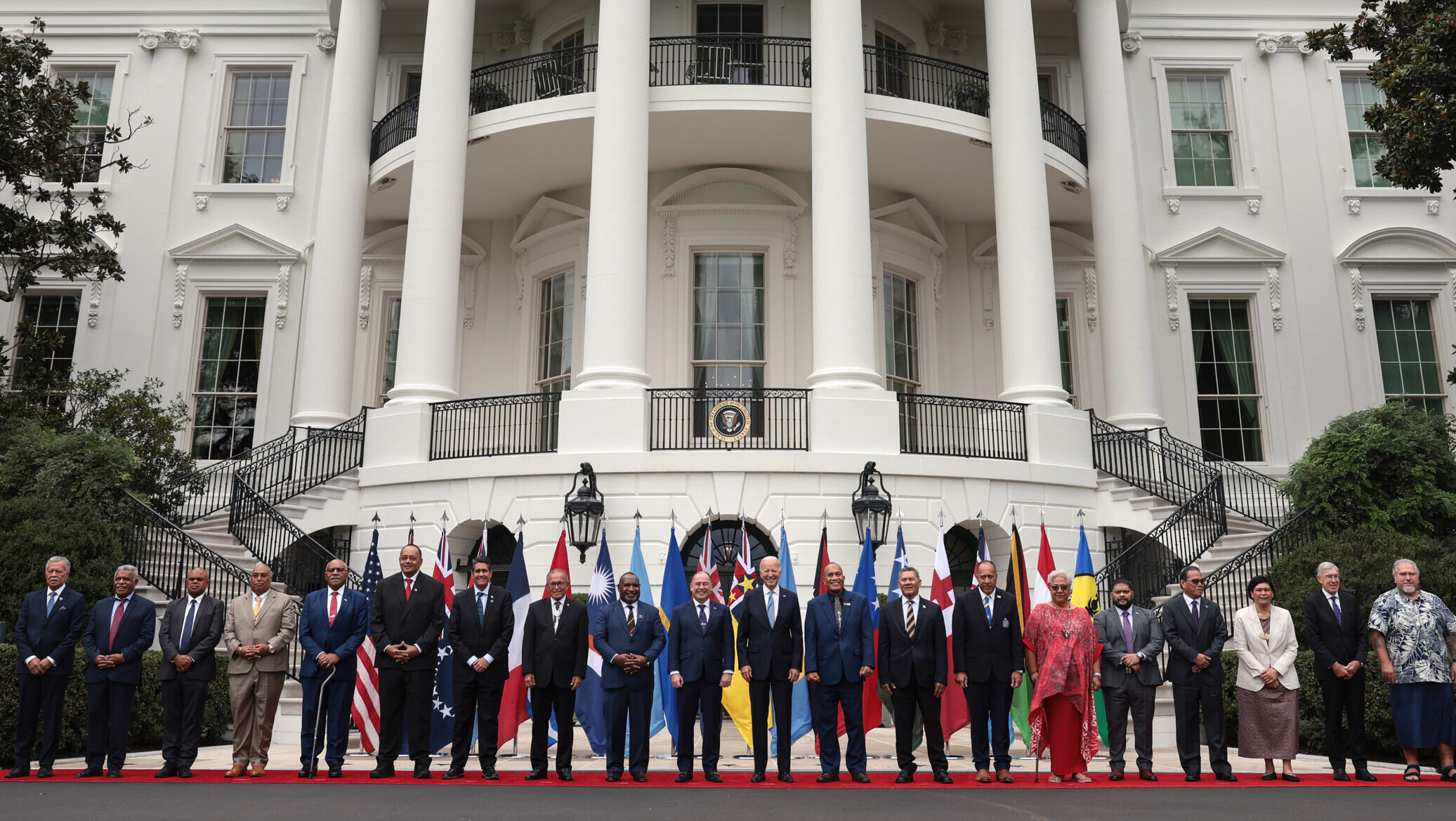The world’s largest aircraft carrier USS Gerald R. Ford (CVN 78) transits the Mediterranean Sea, Aug. 21, 2023. Gerald R. Ford is the US Navy’s newest and most advanced aircraft carrier, representing a generational leap in the US Navy’s capacity to project power on a global scale. (US Navy photo by Mass Communication Specialist 2nd Class Jackson Adkins)
WASHINGTON — Leaders of the House Armed Services Committee want the Navy to hand over data about the occurrences of faulty welding made to aircraft carriers and submarines under construction at HII Newport News Shipbuilding.
In an Oct. 3 letter to Navy Secretary Carlos Del Toro, four senior members of the committee called on the service to lay out a plan for how the Navy and Newport News will “protect US Navy vessels against knowingly faulty work.”
“It is deeply concerning to learn that faulty welds may have been knowingly made to U.S. Navy submarines and aircraft carriers. The safety of our sailors is our top concern, and we must immediately understand any risks associated with the faulty work,” said HASC Chairman Rep. Mike Rogers of Alabama, HASC’s ranking Democrat Rep. Adam Smith of Washington state; Mississippi Rep. Trent Kelly, who leads the seapower subcommittee; and Connecticut Rep. Joe Courtney, the subcommittee’s top Democrat.
The letter from HASC leaders comes a week after USNI News reported that the Justice Department had been notified by Newport News that workers had knowingly made faulty welds while building non-critical components of new and in-service submarines as well as Ford-class carriers.
Naval Sea Systems Command has assessed that “potential deficiencies” on three in-service ships are not on components or systems that affect ship safety or operations, and certified those ships as safe to operate, Capt. Clay Doss, a spokesman for Del Toro, said in a statement to Breaking Defense today.
Additionally, Newport News and Navy technical experts are validating specific welds on 23 ships — including new construction vessels and those in refueling complex overhaul or maintenance — with results from the inspections expected in mid-October, Doss said.
The Navy provided letters to the four congressional defense committees on Thursday with an update on the problem, Doss said.
In a statement, Newport News spokesperson Todd Corillo said the company found through internal reporting that while “some welders knowingly circumvented certain welding procedures,” initial investigations show “no indication of malicious intent.”
“Upon this discovery, we took action to communicate with our customers and regulators, investigate, determine root causes, bound the issue, and put in place immediate corrective actions as we work through longer-term solutions,” Corillo said. Newport News declined to comment on how many and which vessels have been found to have faulty welds, citing the ongoing investigation.
The HASC lawmakers included a list of questions about the issue, including whether the Navy fully understands the scope of the problem and if the incorrectly performed welds present a safety threat. The letter also requests that the Navy provide details on all occurrences of faulty welds, a rework plan for impacted ships, and a detailed timeline of when the service was notified about the problems, setting a deadline of Oct. 11 for a response.
The lawmakers added that they expect a briefing from Navy officials on the matter “promptly.”
On Sept. 27, a day after the USNI report, Newport News president Jennifer Boykin confirmed in a post on LinkedIn that the company had received reports from workers about welders who “knowingly violated weld procedures” and produced work that did not meet the company’s quality standards, and had notified the Justice Department.
“I cannot over stress that individual actions and behaviors either strengthen — or weaken — our ethical culture in an instant. Every choice you make as a shipbuilder has long lasting impact,” she stated.
Newport News is the prime contractor on the Ford-class carrier and manufactures Virginia-class attack submarines and Columbia-class ballistic missile submarines in partnership with General Dynamics Electric Boat.










